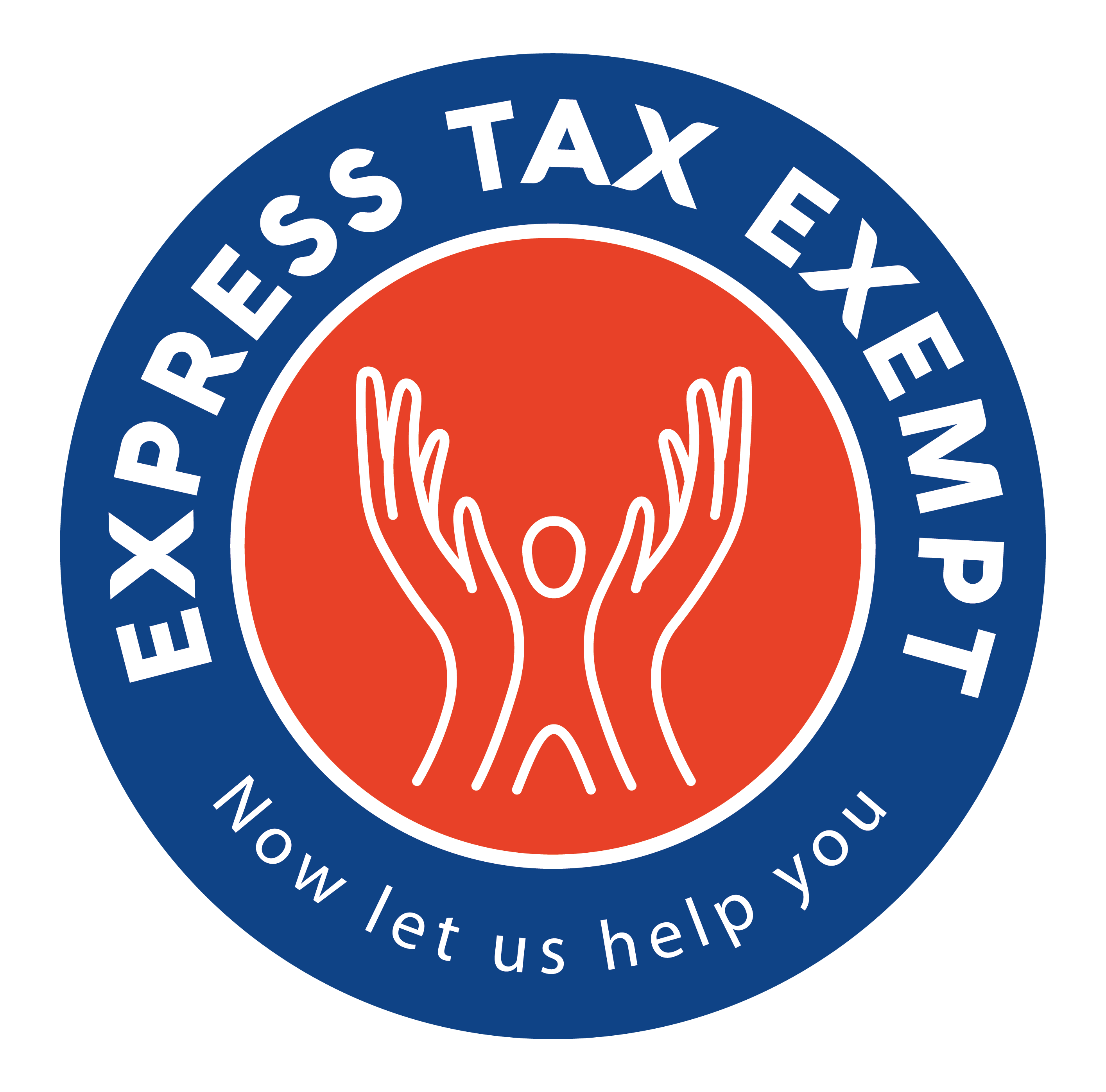Why Saving Money Is Crucial For Your Nonprofit And How To Do It Properly

Happy Earth Day and welcome back to Finance Fridays with ExpressTaxExempt!
In honor of Earth Day, this Finance Friday is dedicated to nonprofit and tax-exempt organizations focused on the environment and animal welfare. You work hard each day to save the planet, but how much income does your organization have saved in the bank?
We’ve covered better budgeting tips, debt management strategies, and dodging red flags for common scams and fraud. This Friday we’re talking savings! Specifically, the importance of setting up a savings account for your organization.
Time to Save
Nonprofit organizations rely on multiple sources of income. This often means that cash flow can be unpredictable, especially if a significant amount of your organization’s income comes from donations. Nonprofits can’t and shouldn’t rely on current cash flow to constantly fund their mission.
As the economy fluctuates, donations and other income sources often fluctuate with it. For this reason, it’s imperative that your nonprofit or tax-exempt organization invests in a reserve or savings account.
Where to Start
Starting a savings account can be daunting, especially if you are not fully knowledgeable of your organization’s financial health. Here are a few tips to help you get started:
- What is a reserve?
A reserve is composed of net assets that an organization sets aside for a “rainy day,” when cash flow is depleting or tight due to unexpected financial adversity.
- Why does my organization need a reserve fund?
- In order to remain tax-exempt, nonprofit organizations must be able to demonstrate how they use cash flow to achieve their mission. A reserve can help your organization continue fulfilling its mission, even when money is tight and donations are lacking.
- Donors feel more confident in their donation when they know the organization they are donating to responsibly manages funds. A reserve indicates to potential donors that your organization is prepared to handle their donations appropriately in the case of economic uncertainty.
- A reserve indicates that your organization can plan and act proactively. This leads to a more sustainable financial operation. Incorporate plans for your reserve in your organization’s annual budget.
- Building a reserve can improve the cash management of your organization, taking the stress off of you and other staff members. Instead of stressing over the financial health of your organization, a reserve allows staff to spend more time promoting your organization’s mission.
- How much should my organization have saved?
There’s no way to know exactly how much an organization should have in its reserve. However, financial experts typically recommend having at least three to six months’ worth of expenses set aside.
If your organization has not been setting funds aside for savings, building up a savings account likely seems like a daunting task and it will take an organization a significant amount of time to save three to six months’ worth of funds. If this is the case for your organization, don’t stress. Even if it takes your organization years to achieve comfortable savings, starting a reserve today and having set aside even a few hundred dollars can make a significant difference in times of economic struggle.
Additionally, experts suggest that two years’ worth of funds saved is too much. If you find your organization has too much withheld in savings, it may be time to review your annual budget. Evaluate where extra funds can be distributed so that your organization can continue to grow and thrive.
- How should an organization communicate its reserve to potential donors?
Did you know that you can showcase your organization’s reserve on your Form 990 series return? Your reserve can be presented as Unrestricted Net Assets, which falls under the Balance Sheet section of your 990 return. Filing your Form 990 series return on time is one of the best ways to keep confidence in your donors. File today with ExpressTaxExempt.
- When should my organization dip into reserves?
The best way to make decisions regarding your reserve, including when to use funds from your reserve for operating purposes, is to develop a reserve policy. A reserve policy can help your organization determine how much should be in your reserve at any time, what constitutes pulling funds from your reserve, and the process your organization will take to determine when and how much should be taken from the reserve.
Integrating policies regarding your reserve allow multiple key employees to become part of the reserve process. This way checks and balances are implemented before important decisions regarding your organization’s reserve are made. Additionally, it provides employees a better understanding of your organization’s financial health, as well as when and for what donations and cash flow are being spent.
ExpressTaxExempt
Was this article helpful? ExpressTaxExempt is here to help your nonprofit or tax-exempt organization succeed. Check out ExpressTaxExempt’s blog for IRS requirement updates and helpful tips for your nonprofit or tax-exempt organization.




